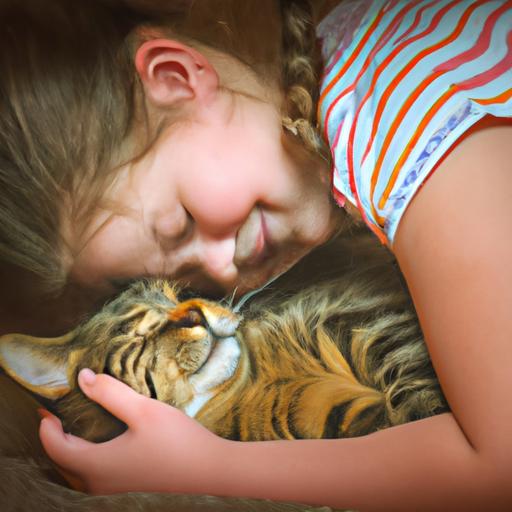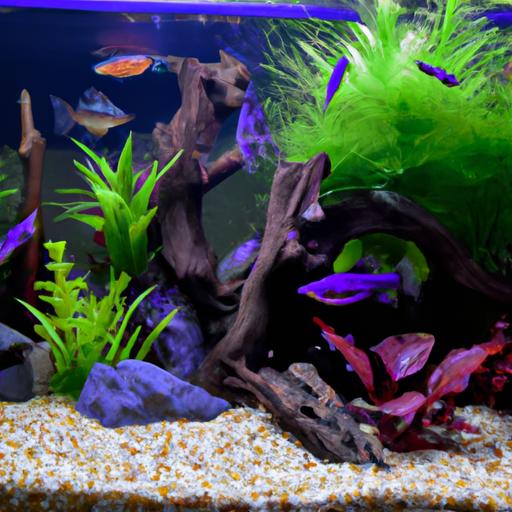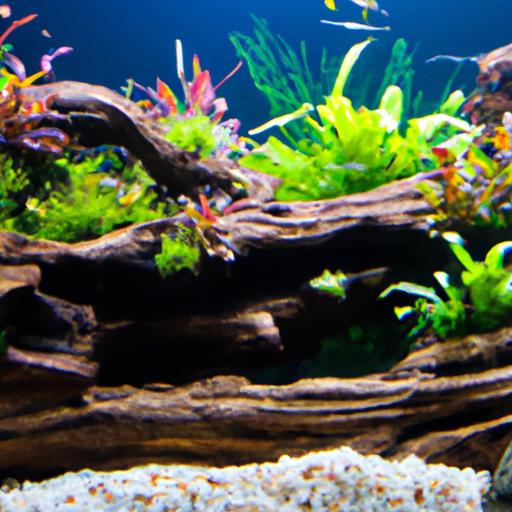
Positive Interaction with Children and Cats: Building a Harmonious Bond
Discover the benefits of positive interaction with children and cats. Learn strategies, FAQs, and tips for fostering a harmonious bond.
Introduction
As parents, we strive to provide our children with experiences that foster empathy, responsibility, and companionship. One such experience that holds immense value is the positive interaction between children and cats. Cultivating a harmonious bond between these two can bring about numerous benefits, not only for the children but also for our feline friends.

Positive Interaction Strategies
Teach children how to approach cats
Ensuring that children understand how to approach cats in a gentle and respectful manner is crucial. By teaching them appropriate touch and petting techniques, we can help prevent any unintentional harm. Encourage your children to use soft, slow strokes and avoid pulling on fur or grabbing tails. By doing so, we promote a positive experience for both the child and the cat, laying the foundation for a lasting bond.
Encourage supervised playtime between children and cats
Supervised playtime is an excellent opportunity for children to engage with cats in a controlled environment. Providing appropriate toys and activities can stimulate the cat’s natural instincts while keeping the child entertained. It is essential to avoid rough play, as cats may become overwhelmed or respond with defensive behaviors. By setting boundaries and closely monitoring these interactions, we ensure a safe and enjoyable experience for everyone involved.
Promote mutual respect and boundaries
Teaching children to recognize signs of discomfort in cats is crucial for their safety and the well-being of the feline companion. Help your child understand that when a cat displays signs like flattened ears, a swishing tail, or attempts to move away, it is a signal to give the cat some space. By fostering an understanding of boundaries, we encourage mutual respect between children and cats, leading to a healthier and more harmonious relationship.

Common Concerns and FAQs
Are there any risks involved in children interacting with cats?
It’s natural for parents to have concerns about their children’s interaction with cats. However, with proper guidance, these risks can be minimized. Allergies and asthma concerns can be addressed by regularly monitoring your child’s health and seeking medical advice if necessary. Additionally, ensuring that cats are up to date on vaccinations and practicing good hygiene, such as regular handwashing after handling cats, can reduce the risk of zoonotic diseases.
How to introduce a new cat to children?
Introducing a new cat to children requires a gradual and supervised approach. Start by allowing the cat to explore its new environment without direct interaction with the children. Slowly introduce short and supervised sessions, ensuring that both the cat and children feel comfortable. This gradual introduction process helps build trust and reduces the chances of overwhelming the cat or causing distress to the children.
Can cats tolerate being hugged or carried by children?
While some cats may tolerate being hugged or carried, it’s important to understand that not all cats enjoy these actions. Teaching children to recognize cat body language, such as flattened ears or a stiff body, can help them understand when a cat may be uncomfortable. Instead of hugging or carrying, encourage children to engage in interactive play or provide a safe and cozy space for the cat to retreat to when they need some alone time.
Conclusion
Positive interaction between children and cats can have a profound impact on their emotional development and overall well-being. By teaching children how to approach cats, encouraging supervised playtime, and promoting mutual respect and boundaries, we lay the foundation for a harmonious bond that can last a lifetime. As parents, let us foster responsible pet ownership from an early age, allowing our children to experience the joys and benefits that come with loving and caring for a feline companion.
Remember, by nurturing positive interactions between children and cats, we not only create a loving environment for our furry friends but also instill in our children valuable life lessons of empathy, kindness, and respect. Let us embark on this journey of building beautiful connections that bring joy and companionship to both children and cats alike.






















